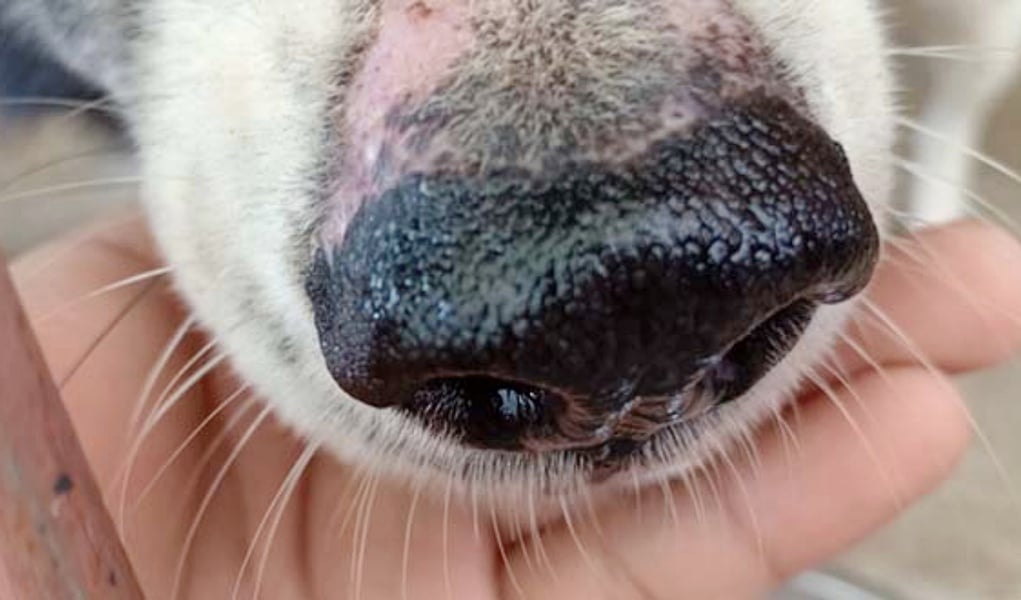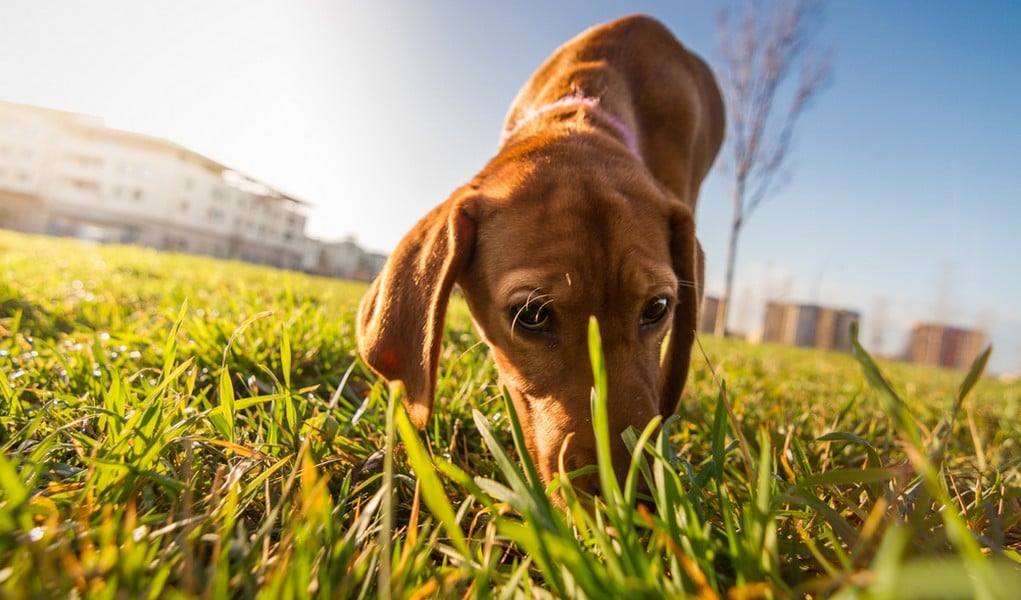Have you ever really looked at your pet’s whiskers? They are much different than the hair on the rest of Fido’s body. Why do dogs have whiskers, and what do they do?
Not only are whiskers thicker than regular hair, but their roots go three times deeper. They are strategically placed above your dog’s upper lip, above his eyes, and on his chin.
Of course, whiskers may be located in slightly different places, depending on your pup’s breed. All dogs have whiskers, even hairless breeds.
What exactly is a whisker, and why do dogs have whiskers? Do whiskers serve a purpose, or are they purely aesthetic? Keep reading to answer all of these questions and more.
Why Do Dogs Have Whiskers?

What are whiskers?
Whiskers are specifically tuned sensory equipment that guides a dog through his daily activities. These specialized hairs support your dog's vision and help him navigate his environment.
Just like insects use their antennae, your dog uses his whiskers to get additional sensory input to help him understand his world.
Whiskers are referred to as tactile hairs, but they don't actually feel anything. When whiskers sensor motion or detect an object, they transmit the information back to sensory cells.
Your dog's whiskers can detect minute changes in air currents, which gives them information about the shape, size, and speed of nearby objects. This is how they help your pup interpret information and navigate his environment.
What do whiskers do?
1. Radar
Dogs are well known for having a keen sense of smell, but their vision isn't so great. Canines can see better at a distance but have trouble focussing on things that are close to their face.
Whiskers give your dog information about things that are up close, sending information to his brain that his eyes cannot decipher.
When your dog is sniffing along, he stirs up air currents that move along and bounce back when they hit a stationary object. Much like radar, these vibrations give your pet information about how far away the object is, what shape it is, and what size it is.
2. Express emotions
Like a human's facial expressions, a dog's whiskers show his emotions. When your dog is resting, his whiskers are resting too. When he is active or excited, so are his whiskers.
If your dog is happy or feeling curious about something, he will raise the whiskers above his eyes. If Fido feels threatened, his whiskers will flare forward toward the threat.
ALSO: Why Do Dogs Have Wet Noses?

3. Protection
Dog whiskers are incredibly sensitive. They respond to being touched by the smallest particles. If a tiny speck of dust hits the whiskers above your dog's eye, he will lose his eye or shake his head to remove the particle(s).
When your dog is sniffing around outside, his whiskers will touch sharp thorns or rough tree bark before his muzzle does. This will prompt your pet to back up and avoid the object that could injure his sensitive face.
If your dog wanders into a tight space or tries to sniff between a piece of furniture and the wall, his whiskers will relay the message that he's entering a compacted area. His whiskers help him decide whether or not he will be able to fit safely.
How to care for dog whiskers
Your dog gets a lot of information from his whiskers. They relay important details about his environment to his brain. They are very reliable sensors that your dog needs in order to have the best quality of life.
About 40% of a canine's brain’s sensory area aligns with parts of his body that have whiskers. Every whisker can be traced back to a specific spot in the brain.
Since your dog's whiskers are so important to his daily activity, safety, and overall well-being, it is imperative that you help protect them.
It's best not to pet your dog's whiskers, but if you do, pet them gently and go along with the grain. Do not ever pull on or pluck your pet's whiskers. Likewise, you should never trim or cut the whiskers.
READ NEXT: Why Do Dogs Kick Their Leg When You Scratch Their Belly?












